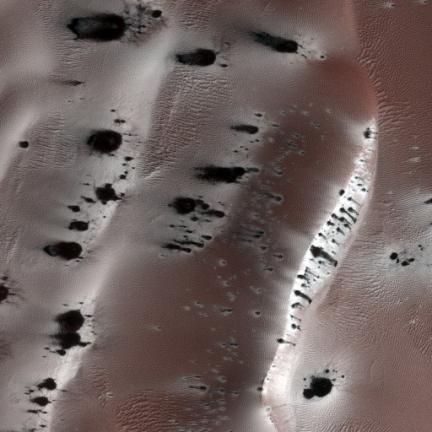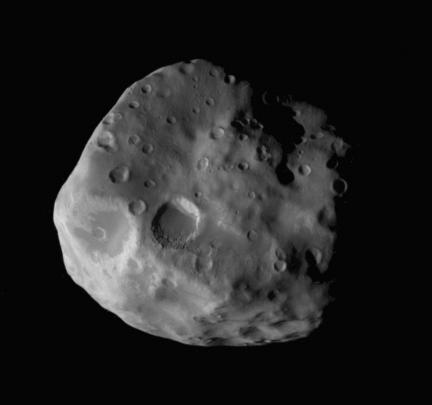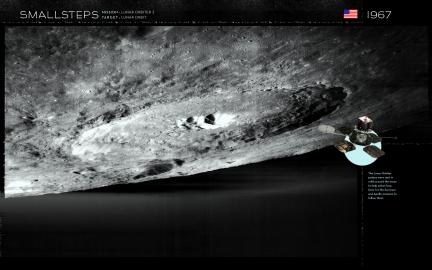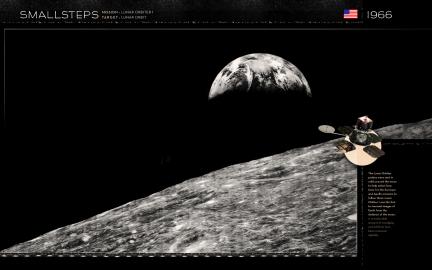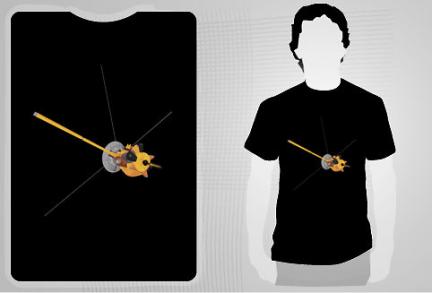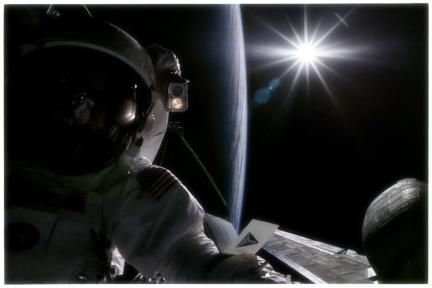Little coming in from Messenger at this point due to some unexpected bandwidth issues at the receiving stations. Apparently there has been some Ulysses (a separate Solar observing mission) anomaly that needed tending to and has taken up the available bandwidth that had been planned for Messenger’s data. The data is reportedly fine and ready for transmission to Earth, just a delay.
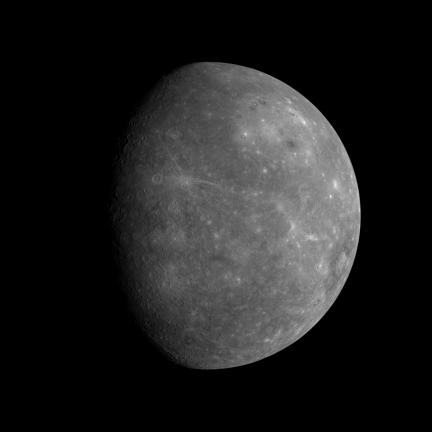
For now the mission team has released this view of Mercury from the historic swing by on January 14. Much (if not all) of this image represents areas on the planet never before seen by human eyes. Very moon-like… hoping for something to come from this encounter that will be visually exciting for we the unwashed-masses. That said, scientists and the planetary sort are thrilled to be seeing this local neighbor which has been long overdue for a follow-up mission to the Mariner mission of 33 years ago.
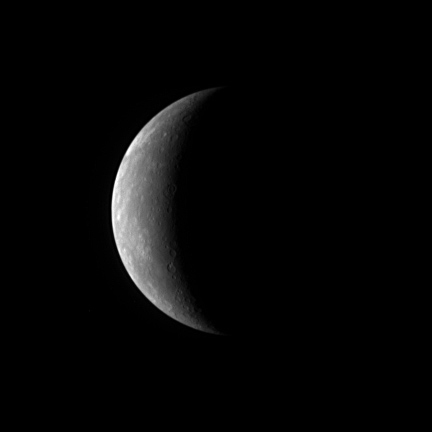 Today’s flyby will come as close as 200km from the surface. That is comparable to some of the close flybys of the Saturnian moons made by Cassini.
Today’s flyby will come as close as 200km from the surface. That is comparable to some of the close flybys of the Saturnian moons made by Cassini.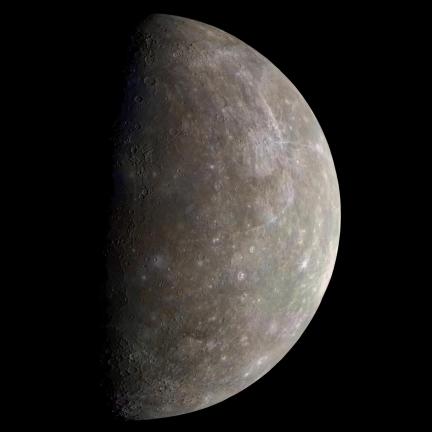
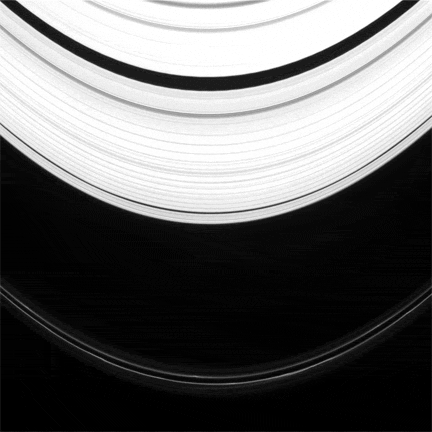 Prometheus disturbing the F-Ring as it passes. We have seen
Prometheus disturbing the F-Ring as it passes. We have seen 
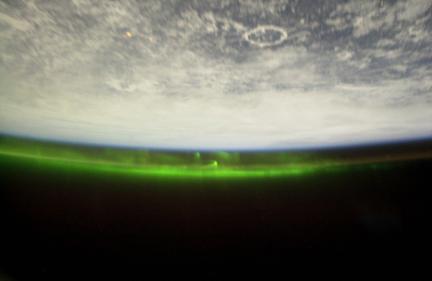
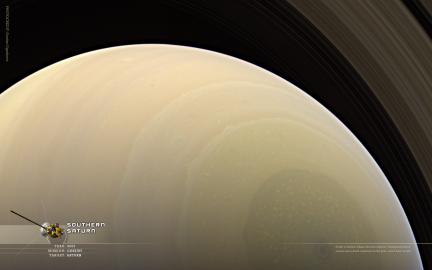
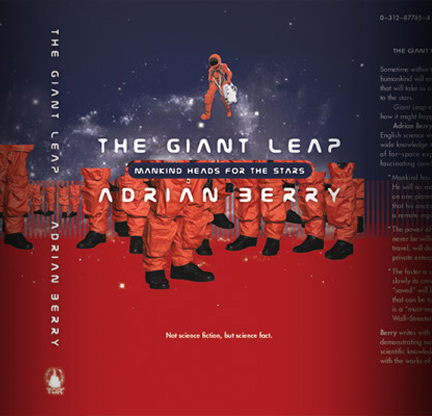 This one was fun as it was supposed to be based upon real science, so we were able to take advantage of more reality based imagery. The idea was to get a good image of an astronaut with a suitcase and just have that with the title. A google search for astronauts turned up this excellent image of a guy looking like he is literally truckin to the launch pad. So we switched the color of his uniform, darkened the visor (one of the only things you cannot do with NASA images is show an astronaut’s likeness) and tried to make the case look a bit more like a suitcase than an oxygen unit of some kind. It really was perfect, but not high resolution enough to go large… so to fill the frame other astronaut legs were added to suggest the story is about mankind, not just the dude with the case.
This one was fun as it was supposed to be based upon real science, so we were able to take advantage of more reality based imagery. The idea was to get a good image of an astronaut with a suitcase and just have that with the title. A google search for astronauts turned up this excellent image of a guy looking like he is literally truckin to the launch pad. So we switched the color of his uniform, darkened the visor (one of the only things you cannot do with NASA images is show an astronaut’s likeness) and tried to make the case look a bit more like a suitcase than an oxygen unit of some kind. It really was perfect, but not high resolution enough to go large… so to fill the frame other astronaut legs were added to suggest the story is about mankind, not just the dude with the case.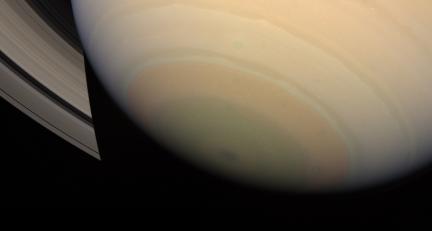
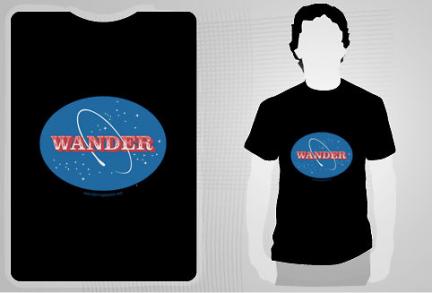

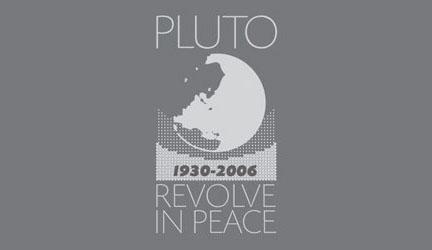 Hard to find nicely designed planetary items. Too late maybe for Xmas, but certainly not too late to
Hard to find nicely designed planetary items. Too late maybe for Xmas, but certainly not too late to 